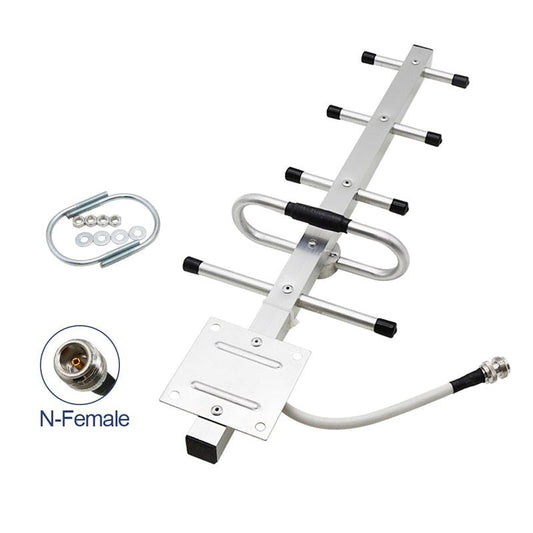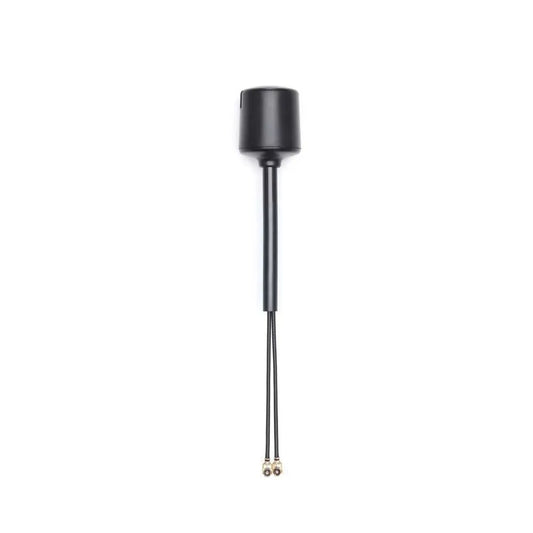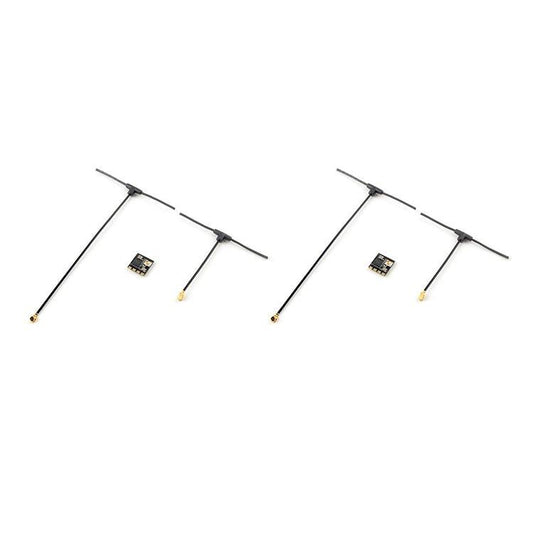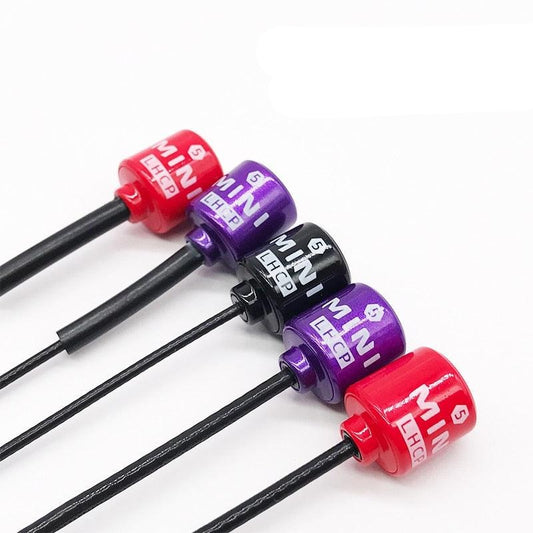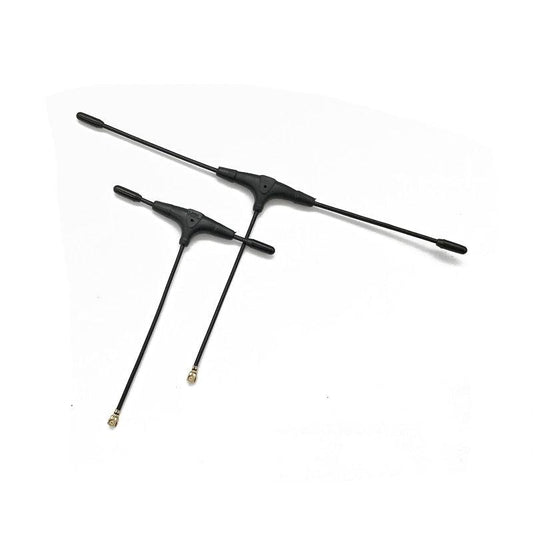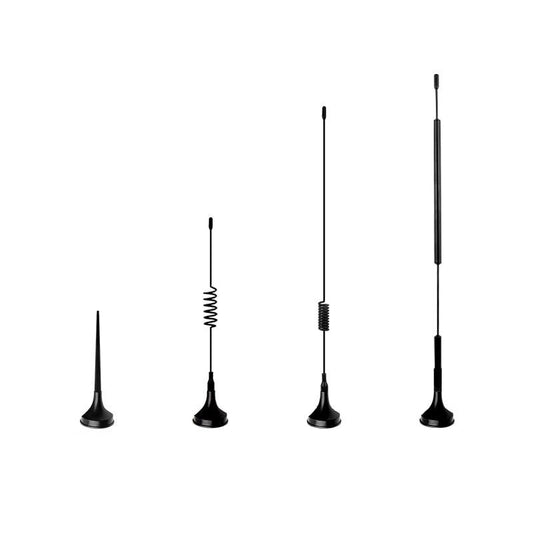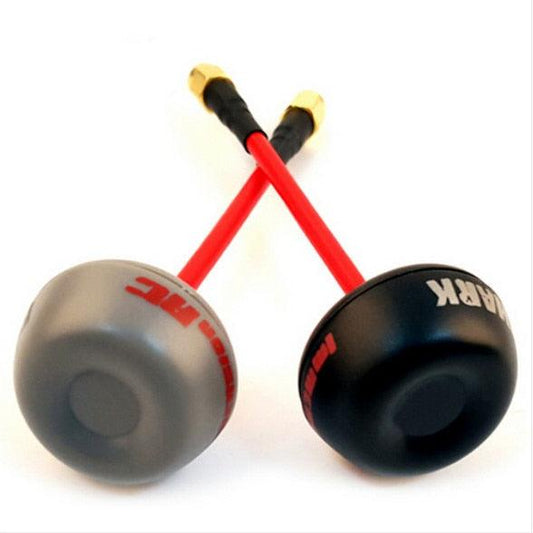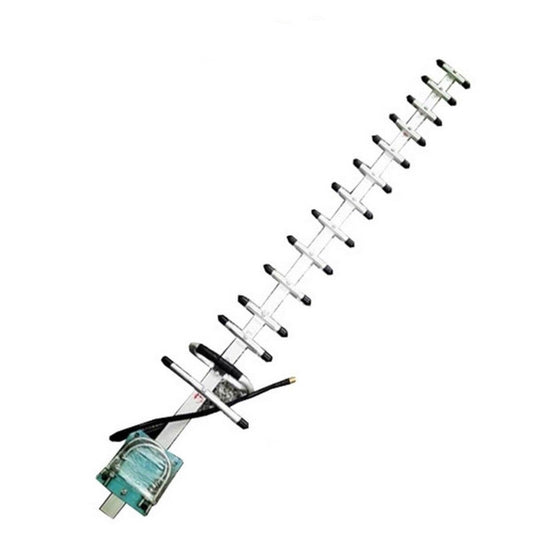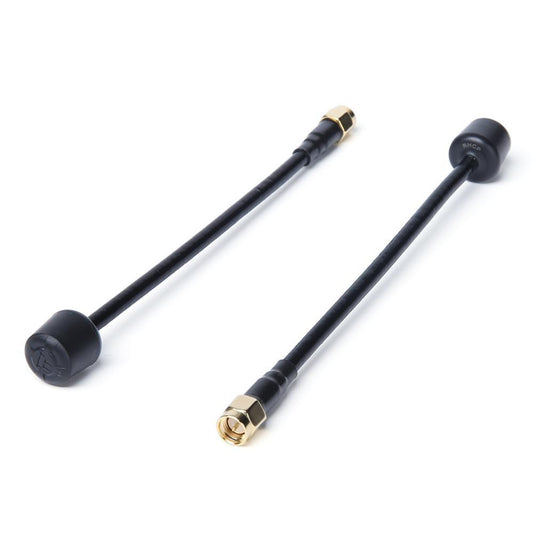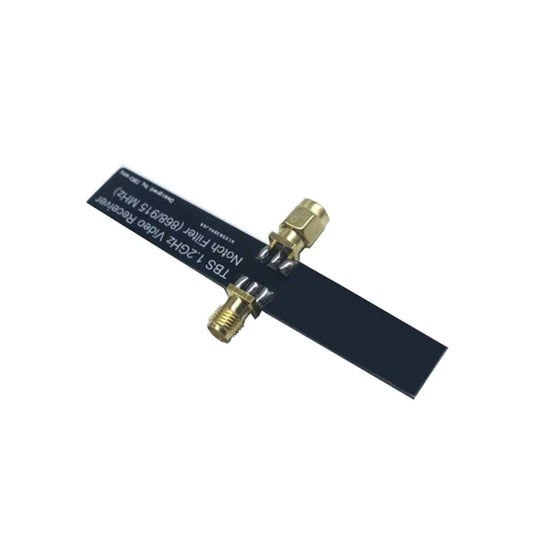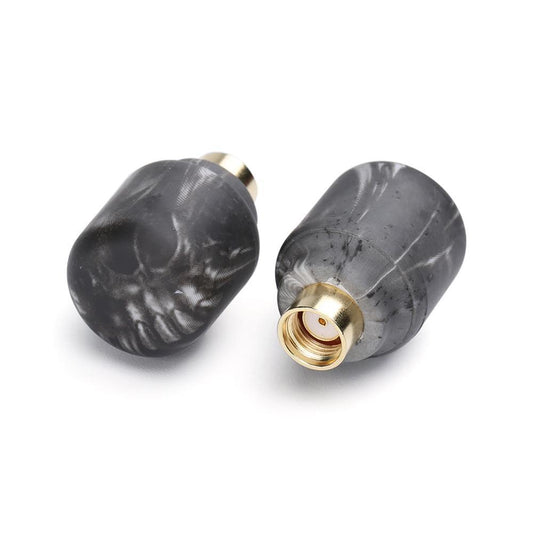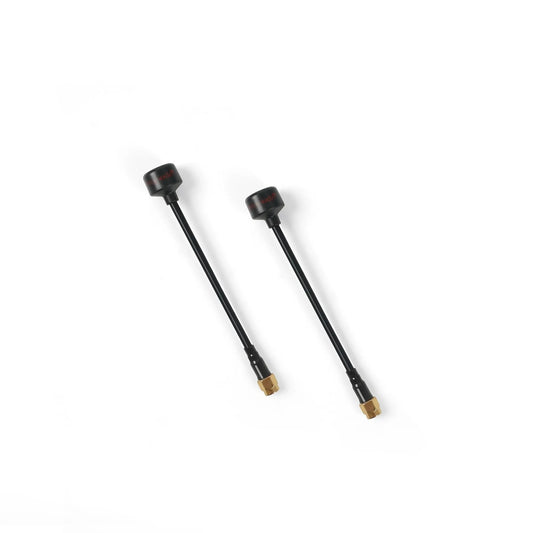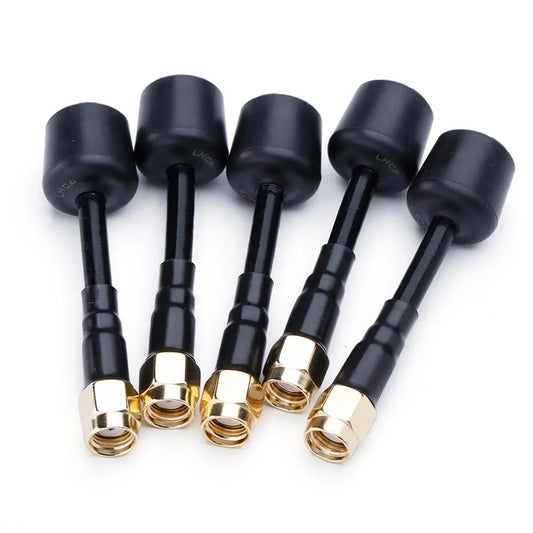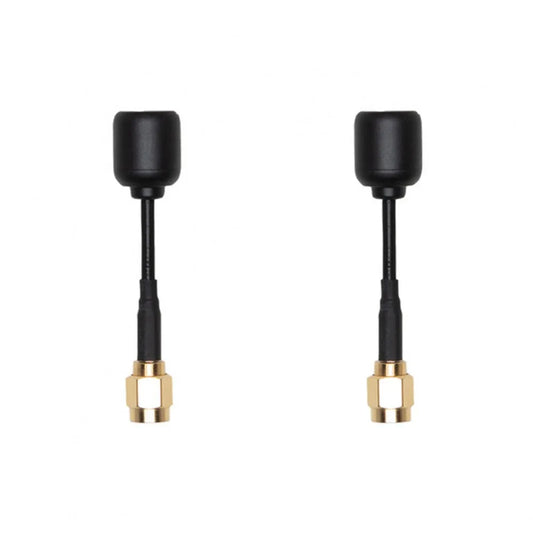-
1.2 1.3 GHz 13dBi YAGI Beamed Directional Antenna 1.3G High Gain FPV Antenna for 1.2Ghz Video Receiver
Regular price $67.13 USDRegular priceUnit price per -
RUSHFPV Cherry 2 II 5.8GHz 1.8dBi FPV Antenna LHCP RHCP – SMA/MMCX/UFL Options
Regular price From $10.11 USDRegular priceUnit price per -
New 9dbi 915mhz Lorawan Yagi for NB-IOT Radio System Antennas Radio N-Female 868MHz Outdoor Directional Yagi Antenn
Regular price From $16.30 USDRegular priceUnit price per -
2.4G Receiver Antenna IPEX Port For FRSKY JR SPEKTRUM FLYSKY Walkera Jumper Transmitter Drone Remote Control Receptor Aerial
Regular price From $8.94 USDRegular priceUnit price per -
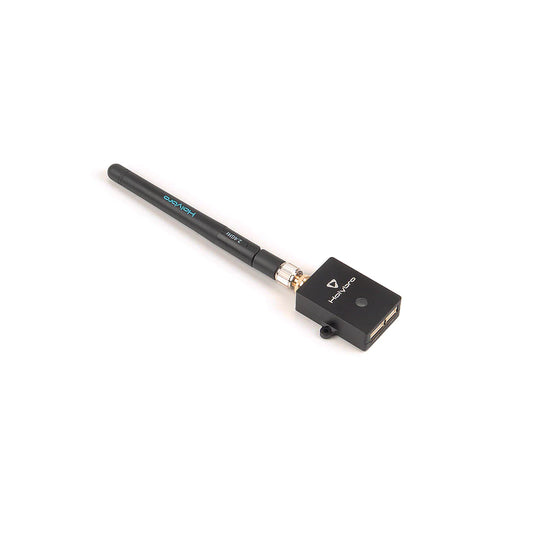 Sold out
Sold outHolybro Remote ID Module
Regular price From $25.00 USDRegular priceUnit price per -
5.8GHz High Gain Circular Polarized Transmitter Four Leaf Clover Antenna For Professional FPV Racing Drone
Regular price $9.67 USDRegular priceUnit price per -
For DJI Mavic Air/Mini Mavic Pro 5000M Signal Booster Dual-frequency Omnidirectional Antenna Booster for DJI Spark Drone
Regular price $42.82 USDRegular priceUnit price per -
Yagi Antenna for DJI Mavic Mini/Air/Mini SE/Mavic 2 Pro Zoom/FIMI X8 MINI Remote Controller Signal Booster Range Extender
Regular price From $9.52 USDRegular priceUnit price per -
2.4Ghz Yagi Antenna Amplifier Signal Booster For DJI FPV Combo Remote Control 2 Signal Booster Range Extender Drone RC Accessory
Regular price $13.95 USDRegular priceUnit price per -
ALIENTECH DUO 3 Signal Booster 2.4G/5.2G/5.8G Range Extender for DJI Mavic 3 Pro, Mini 4 Pro, Air 3, Autel, Parrot FPV
Regular price From $1,379.56 USDRegular priceUnit price per$0.00 USDSale price From $1,379.56 USD -
STARTRC Yagi-Uda Antenna Signal Booster for DJI (5.8ghz) – Mini 2/3 Pro, Air 3/2S, Mavic 3, Neo, RC-N1/RC-N2
Regular price $20.24 USDRegular priceUnit price per$0.00 USDSale price $20.24 USD -
2.4G 5.8G 3dBi 6dBi WiFi Aerial Antenna With SMA Interface
Regular price From $3.90 USDRegular priceUnit price per -
DJI O3 Air Unit Antenna
Regular price $25.00 USDRegular priceUnit price per -
HappyModel ExpressLRS ELRS 2.4G RX SX1280 Nano Long Range Receiver PP EP1 EP2 RX EP1 TCXO/EP2 TCXO 10X10mm for RC Airplane
Regular price From $14.31 USDRegular priceUnit price per -
2 in 1 Antenna Amplifier for Mavic 3 AIR 2/ AIR 2S/MINI 2 Drone Remote Controller Signal Booster Antenna Range Extender
Regular price $17.16 USDRegular priceUnit price per -
Short 5.8G Lollipop 5 LHCP Antenna High Gain 2.8Dbi SMA/UFL(IPEX)/MMCX for Caddx VISTA Digital HD DJI Air Unit FPV System Drone
Regular price $12.41 USDRegular priceUnit price per -
2PCS 915mhz MINI T-type IPEX 1 IPEX 4 Receiver Antenna for TBS CROSSFIRE Receiver Frsky FRSKY R9mm FPV Racing Drone Freestyle
Regular price $10.51 USDRegular priceUnit price per -
868 MHz Lora Antenna Wifi 915MHz Long Range Antenna for Internet Communication 900M Magnetic 868M Antena 915M Aerial with G900
Regular price From $8.00 USDRegular priceUnit price per -
Fatshark ImmersionRC SpiroNet 5.8GHz Circular Polarized RHCP FPV Transmitter receiver Antenna for RC racing drone FPV monitor
Regular price $10.28 USDRegular priceUnit price per -
14dbi 1.2G Yagi antenna 1180-1220mhz 1.2Ghz wireless transceiver antenna yagi antenna 14 unit SMA with 3m cable for fpv
Regular price $108.69 USDRegular priceUnit price per -
5.8G 3DB UFL IPEX Omni Directional 70mm Brass Soft FPV Antenna for RC FPV Quadcopter Racing Freestyle Tinywhoop Drones DIY Parts
Regular price From $7.42 USDRegular priceUnit price per -
Foxeer Antenna Lollipop 4 V4 FPV Antenna 5.8G 2.6Dbi Stubby RHCP SMA RPSMA UFL Straight/Angle MMCX 7.2g For FPV RC Racing Drone
Regular price From $8.88 USDRegular priceUnit price per -
1.2G 1.2GHz Clover Leaf Antenna Circular Polarized SMA male for 1.2Ghz 1.3Ghz Video Transmitter Receiver LawMate Partom
Regular price From $14.36 USDRegular priceUnit price per -
ZRC 5.8G 14dbi Circular Polarized High Gain Flat Panel Antenna SMA/RP-SMA LHCP/RHCP for FPV Transmitter VS Immersion Fatshark
Regular price $28.24 USDRegular priceUnit price per -
TBS Team BlackSheep VAS 5.8GHz Circular Polarized Triumph Antenna for FPV Racing Quadcopter
Regular price From $11.89 USDRegular priceUnit price per -
iFlight Albatross 5.8GHz Antenna - 3Dbi 5000-6000MHz 150mm RHCP / LHCP RP-SMA / SMA FPV Antenna for FPV drone part
Regular price From $14.77 USDRegular priceUnit price per -
Yagi Antenna Signal Booster Strengthen for DJI Mavic 3/Air 2/2S Mini 2 Drone Remote Controller Signal Range Extender Accessory
Regular price From $8.73 USDRegular priceUnit price per -
AB-89 850MHz-930MHz Bi-directional Signal Amplification Module
Regular price From $47.25 USDRegular priceUnit price per -
Filter (868/915 Mhz) Tbs 1.2Ghz Notch Fpv 1.3G Picture Transmission Vrx Notch Filter
Regular price $5.75 USDRegular priceUnit price per -

MyFlyDream Crossbow Automatic Antenna Tracker heavy duty AAT for UAV on-board antenna system
Regular price $1,704.10 USDRegular priceUnit price per -
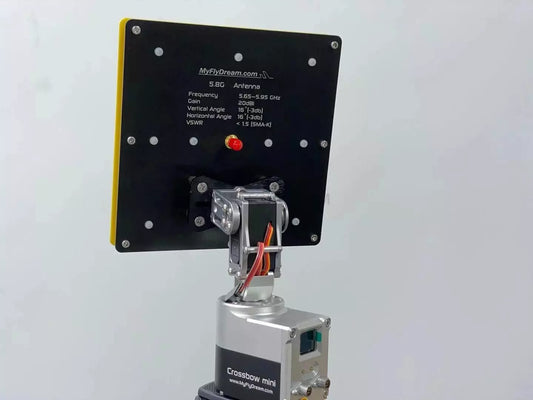
MyFlyDream MFD 5.8GHz 20dBi High Gain FPV Antenna With SMA-J / RP-SMA Cables for Long Range Airplane
Regular price $127.02 USDRegular priceUnit price per -
2pcs/1pair iFlight Crystal LHCP RP-SMA Short Stubby Omni Antennas for Digital FPV Goggles
Regular price $24.02 USDRegular priceUnit price per -
GEPRC Momoda 5.8G Antenna - LHCP RHCP Version Long Range Connector for FPV Drone Racing Quadcopter
Regular price $22.46 USDRegular priceUnit price per -
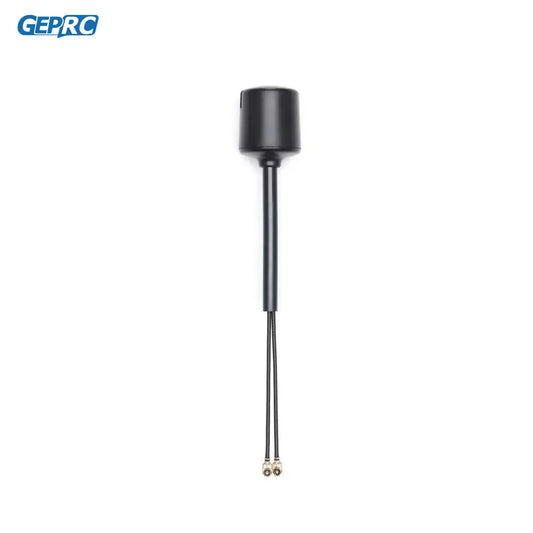
D JI O3 Air Unit Digital Image Transmission Module Antennas - Length 85mm Equipped UFL RC FPV Drones
Regular price $20.88 USDRegular priceUnit price per -
2pcs iFlight Albatross LHCP/RHCP 5.8GHz RHCP SMA/LHCP RP-SMA/RHCP RP-SMA FPV Antenna with 45mm cable for FPV drone part
Regular price $18.51 USDRegular priceUnit price per -
2pcs/1pair DJI FPV Air Unit Antenna LHCP RP-SMA
Regular price $20.18 USDRegular priceUnit price per


